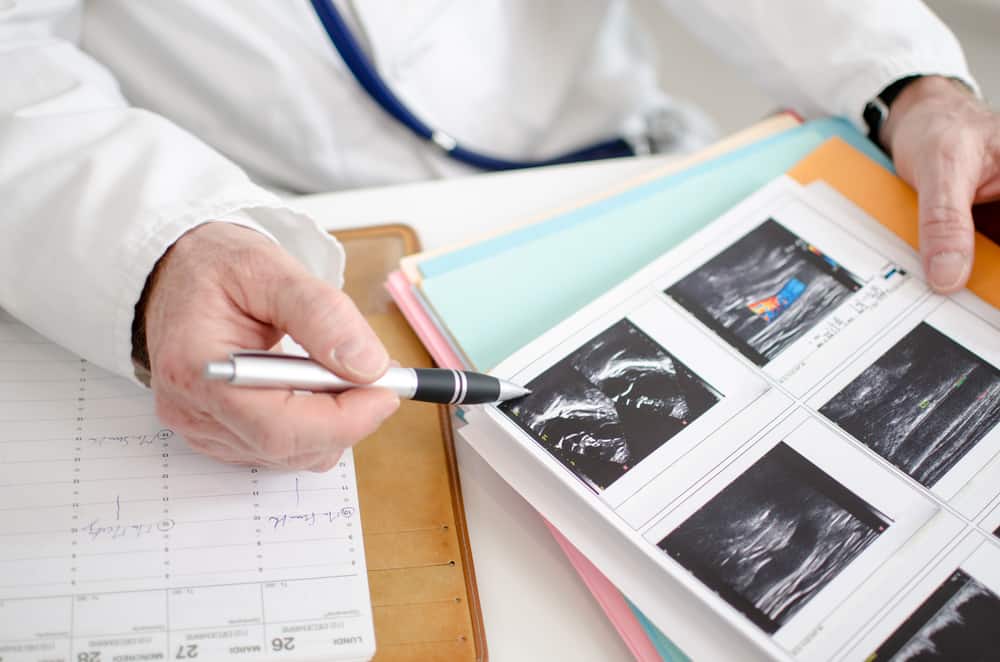Contents:
- Medical Video: Ovarian Cysts | Q&A with Dr. Wang
- How do doctors detect cysts?
- What causes cysts to appear?
- Get to know various types of cysts
- Can cysts be treated?
Medical Video: Ovarian Cysts | Q&A with Dr. Wang
The shape of the cyst resembles a closed capsule or a bag. Unlike the abscess which is filled with yellowish white fluid (pus), the cyst contains fluid, semisolid substances, and gas.
The size of the cyst varies, ranging from very small and invisible to the size of a ball. Large cysts can shift certain organs to places that are not supposed to.
Although there are many types of cysts, most are harmless and do not cause cancer.
How do doctors detect cysts?
A cyst can be a lump that appears on the skin or a small lump that grows under the skin. Sometimes, the cyst grows so deep that you can't feel it. Cysts usually do not cause problems except:
- Has an infection
- Too big
- Impact on blood vessels or nerves
- Grow in sensitive areas
- Disrupting the function of other organs
Well, there are several ways that can be done to diagnose and detect cysts. Here are some tests that doctors recommend:
- Physical examination (the doctor will feel the part that is suspected of having a cyst)
- Ultrasound
- X-ray
- CAT scan
- MRI
- Biopsy
What causes cysts to appear?
- Infection
- Hereditary disease
- Chronic inflammation
- Blockage of blood vessels
Get to know various types of cysts
- Acne cysts
- Arachnoid cyst (in the brain)
- Baker's cyst (on the knee)
- Bartholin cyst (in the vagina)
- Breast cysts
- Chalazion cyst (on the eyelids)
- Colloid cysts (in the thyroid gland)
- Dentigeorus cyst (around the crown)
- Dermoid cyst
- Epididymal cyst (spermatocele)
- Ganglion cysts (in joints or tendons)
- Hydatid cyst
- Ovarian cyst (ovary)
- Pancreatic cyst
- Periapical cyst (in the mouth)
- Pillar cysts (on the scalp)
- Pilonidal cyst (in the hair follicle, especially just above the buttocks gap)
- Kidney cyst
- Pineal gland cyst
- Sebaceous cysts
- Tarlov cyst (at the base of the spine)
- Vocal cyst
Can cysts be treated?
Not all types of cysts need to be treated or treated. Many cases of benign cysts do not require any treatment. However, certain types of cysts require medical attention. For example by stabbing the cyst using a small needle to remove fluid or fill the cyst.
Treatment of the cyst itself depends on:
- Type of cyst
- Location of cyst growth
- Does the cyst cause pain or discomfort
- Is the cyst infected or not
Home care
In some cases, the cyst can disappear by itself. To speed up the healing process, you can compress the cyst with warm water. This method can help drain the cyst and eliminate it faster.
Never squeeze or stab a cyst. This can cause infection.
Care from a doctor
For the type of cyst that needs to be treated, the doctor will consider which treatment is best for your condition. Here are various ways to deal with cysts.
- The doctor drains the fluid in the cyst using a needle
- Doctors can provide medication to reduce cyst swelling
- The doctor can remove the cyst during surgery if needed












